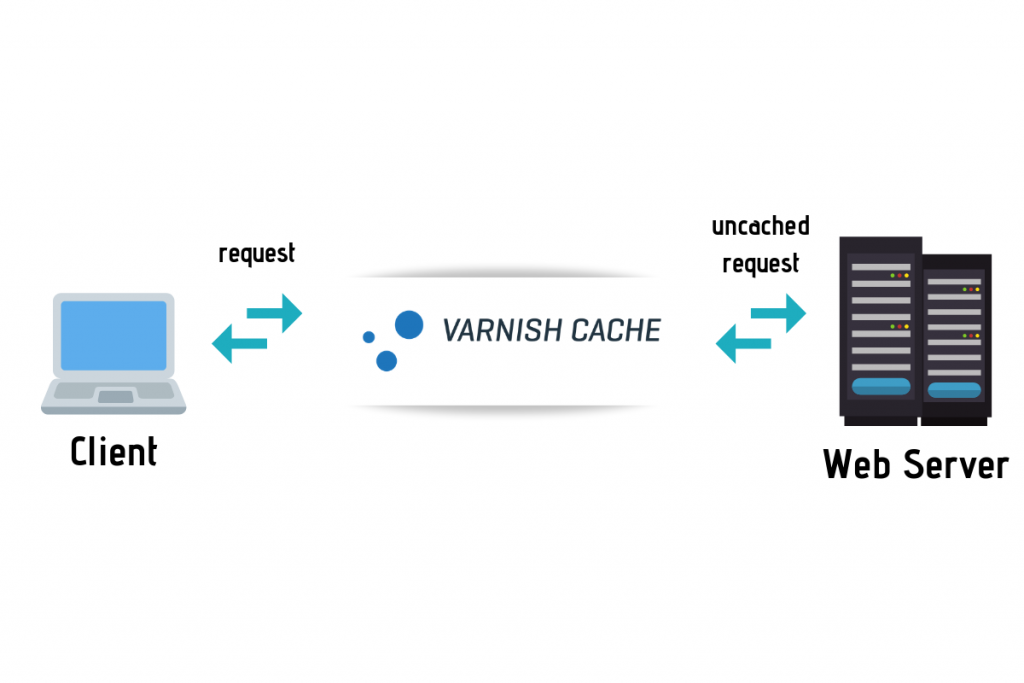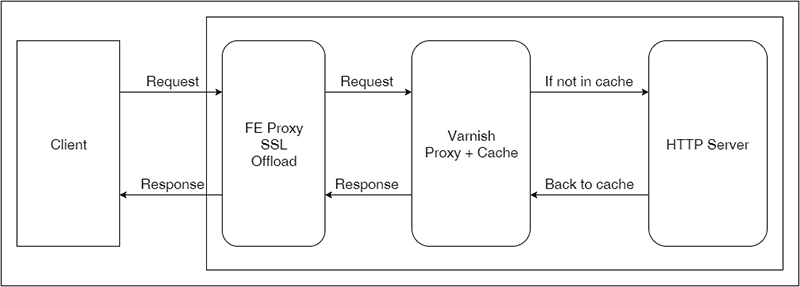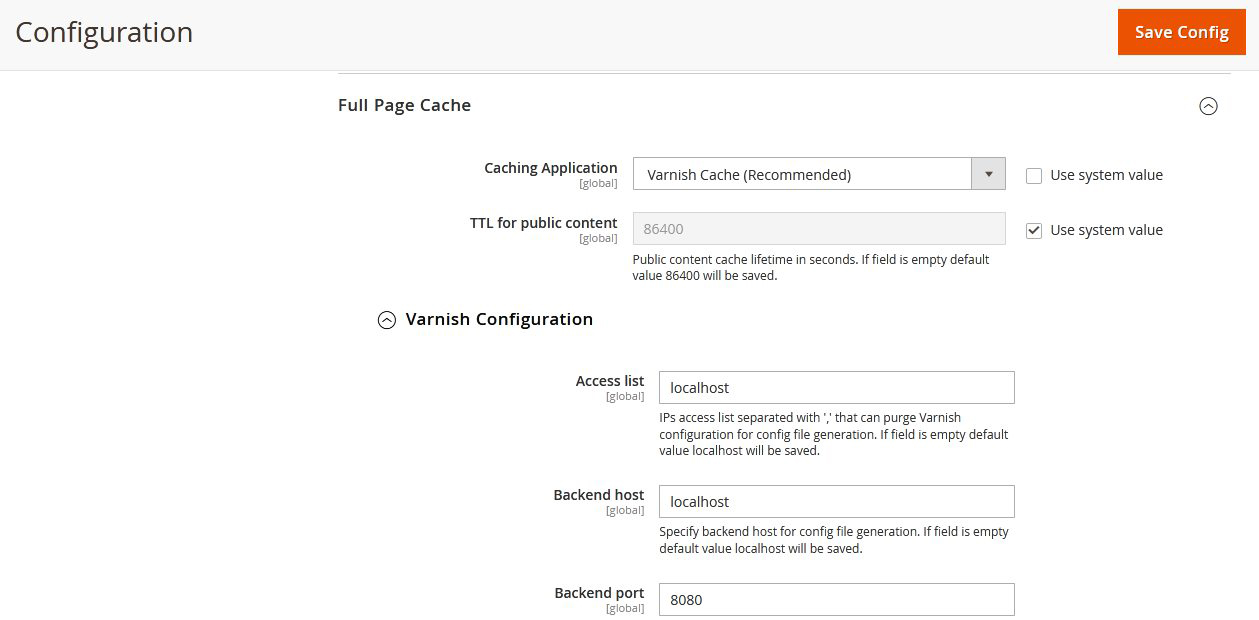Varnish Cache : The secret for boosting page speed for Magento
1. QuickRead
Speed is a key factor in any online store. As it directly influences the ability to bring in and retain visitors as well as to generate revenues for the business. Magento is a platform that promises high-speed e-commerce stores yet loading speed can still be a significant issue for these stores. There are various techniques which can help you to achieve the optimal speed.
Here, we will see how Varnish cache is helpful in Speed optimization. Do you think is this easy to set up and configure? Are there any challenges during varnish setup?
After reading this blog, you will get answers to the above questions. Let’s see in detail.
2. What is Varnish Cache?
Varnish Cache is really fast. Use Varnish Cache for a fast loading website.
Varnish Cache is one of the most reliable caching solutions in Magento. This is an efficient solution to increase not only your website speed but also your server performance. Magento stores have to handle huge volumes of traffic. Multiple visitors click on the website pages at the same time and the visit requests are directly sent to the back-end or server. It is the server’s job to process the requests and send them back to the users who are then able to see the page they have requested.
Varnish is a proxy server. It is useful to deliver content fast. When a visitor requests your site repetitively , then this request will not be sent to Magento, it’s delivered from cache. Varnish checks if visitors request for Home page, Checkout, without firing a mysql query, or without hitting any php code it delivers content from cache.
Magento 2 is a very strong platform as it supports various features including varnish cache. When you are using the varnish cache server, you can ensure that the requests are received by this accelerator rather than a web server. There are lots of benefits using Varnish cache, it reduces the load of the backend, as it delivers the content from the cache server. If you desire to grab these benefits, you can immediately perform magento 2 varnish cache setup.
The page loading times are likely to increase and the site may even crash because Magento is equipped to handle only a limited number of visits at a time. Such circumstances translate into problems for the e-commerce retailer as these can lead to loss of conversions, customers, and even reputation.
3. Benefits of using Varnish cache
- Reduce the Load of sql, php as because delivered from proxy server.
- Reduce the load of the backend.
- Response time is improved.
- The cache server is faster than the origin server when delivering objects
- The system will serve many requests
- Time To First Byte (TTFB) decreases because the processing time for the backend server database is lower.
- Enhanced speed and performance.
- Saving in hosting cost.
- Improved end-user experience.
- Boost conversion rate.
- Improved SEO value.
You Might Be Interested In: Magento 2 Speed Optimization Services
Let’s assume, Before use Varnish, On your website total 100 sql queries are generated, these queries from home page and pdp page. After using varnish these queries get reduced to 30. You can see how this will be beneficial for your online store. It helps to deliver content fast without executing the sql and php.
Varnish is also helpful to improve in TTFB(Time to first byte), first painful content when configured correctly.
4. How Does Varnish Cache Work?.
Varnish Cache is a web server accelerator which works as a reverse proxy server to enhance the website speed. It enables lightning-fast content delivery by means of caching the copy of web pages when the user visits them for the first time. Subsequently, the future requests for these pages are served by the cache. This reduces the backend server load even while the Magento store handles an unlimited number of visitors simultaneously. The cached requests are then stored in the memor. From this moment on, retrieving and delivering them to clients will be much faster.
Varnish uses a language called VCL (Varnish Configuration Language). Through this language and its alterations, you can handle each request differently. For example, you can choose to forward specific requests to a particular backend, or you can ask Varnish to act differently depending on the properties of the inbound request or its output.
User request will be sent to the server if it’s not in cache and response to the user. This response will be saved in the Cache system. When a user requests the same thing in future access then it will be delivered from the cache. So using this cache behaviour site loads content fast and delivers to the user.
5. How to configure Varnish Cache in Magento2?
To configure Magento to use Varnish log in to the Magento Admin:
- Go to Stores > Configuration > Advanced > System > Full Page Cache.
- From the Caching Application list, click Varnish Caching.
- Enter a value in the TTL for the public content field.
- Expand Varnish Configuration and enter the specific information about your Varnish configuration.
- Save Configuration.
- To export a Varnish configuration file from the Admin panel:
- Click one of the export buttons to create a varnish.vcl you can use with Varnish.
- For example, if you have Varnish 4, click Export VCL for Varnish 4.
6. Conclusion:
If you want to boost the speed of the store page, you can focus on Magento 2 Varnish cache. It ensures that the loading speed of your site is increased. Once speed of the website gets increased then there will be a good conversion, sales on your website. If any queries related to this blog or if you’re facing any challenges during Varnish Setup feel free to Contact Us.








